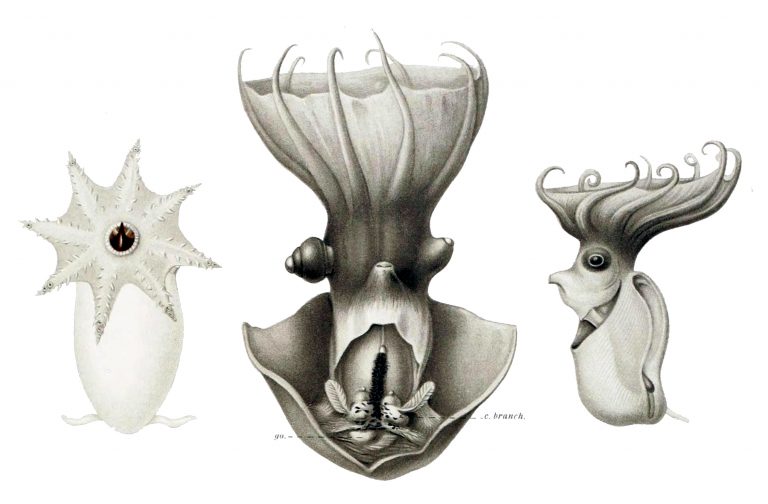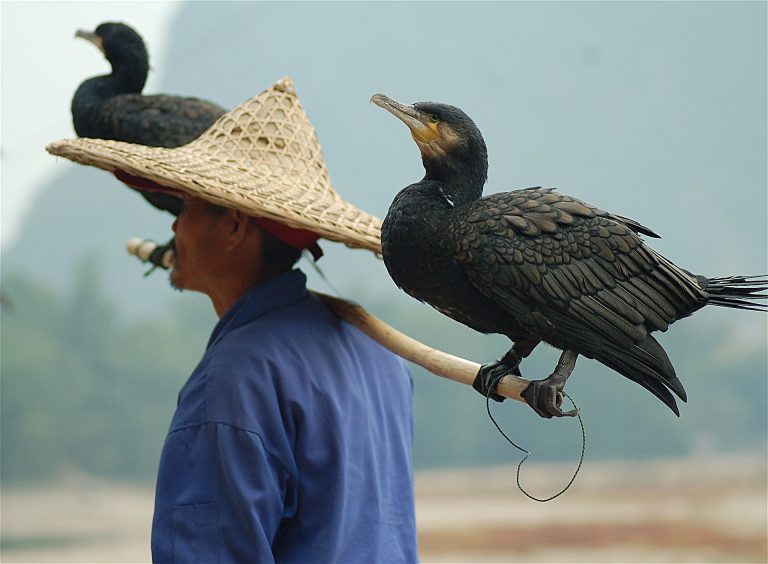With more than two-thirds of the earth’s surface covered by water, the ocean continues to hold an incredible amount of secrets. Since the beginning of civilization, it has acted as a spark for human exploration and imagination. At one point during the Carboniferous epoch and system, 10-armed octopuses, like the vampire squid, roamed the world’s ocean depths.
These fascinating cephalopods have a long history that stretches back hundreds of millions of years. More than 800 distinct species are currently found in the world’s oceans, which they have inhabited since the dawn of time.
The fossilized remnant of an octopus-like creature the size of a fist was found buried in the sand in Montana. Researchers recently published an article in Nature Communications detailing their finding of this rare 325 million-year-old mollusk.
According to Yale University and the American Museum of Natural History, scientists revealed that the earliest known progenitor of octopuses and vampire squids has been discovered. Paleontologists said that the fossil was found perfectly preserved with ten arms, suckers, and fins, as well as an internal triangular pen of hard tissue that acts as a support system, even though it is just 12 centimeters long.
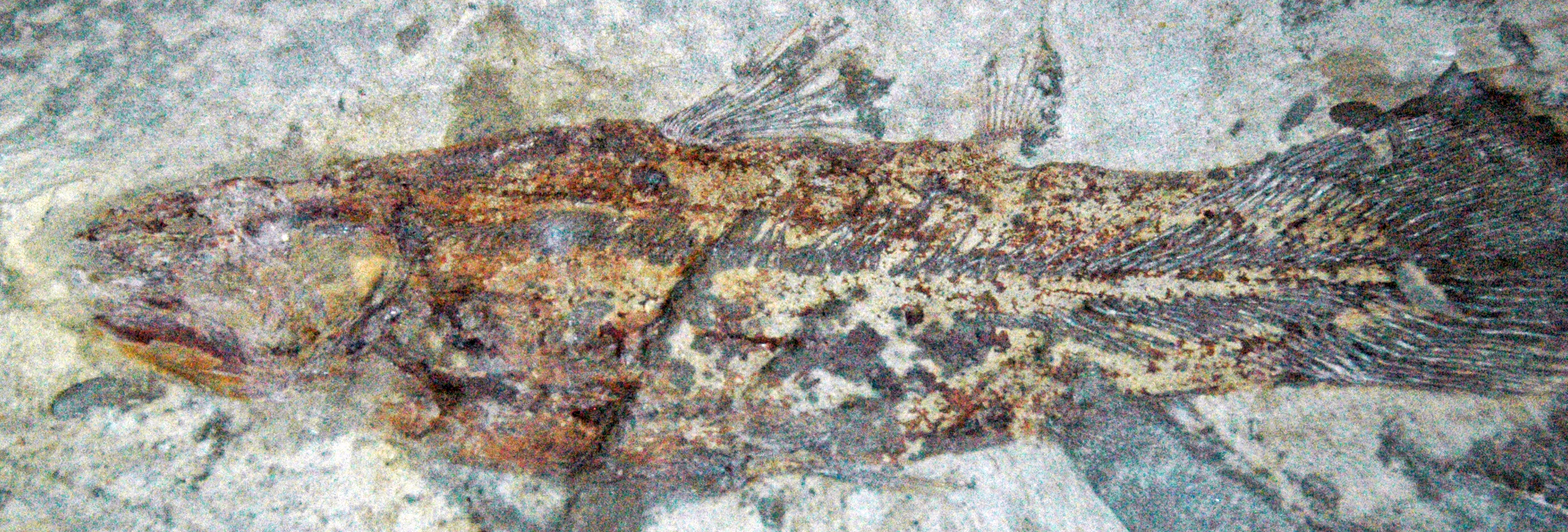
Because soft organisms decompose quickly after death, they generally don’t produce very intriguing fossils, and cannot be examined thoroughly, so this is a unique find.
Success
You are now signed up for our newsletter
Success
Check your email to complete sign up
The Royal Ontario Museum in Toronto, Canada, received this unique fossil in 1988. It had been overlooked for more than 30 years until American paleontologists Christopher Whalen and Neil Landman decided to examine it.
Individual awards
The species was named Syllipsimopodi bideni by the researchers after President Joe Biden, the 46th President of the United States of America. No response from the White House has been received on the naming of the ancient vampire squid.
A fascinating fossil
The fossil record of cephalopods without shells is startling because when they die their flesh rots away, leaving little or nothing behind. Genealogical research findings have established two primary surviving groups: the squid and their cousins, and the octopus relatives. However, because genetic material cannot be recovered from fossils that may be hundreds of millions of years old, the complete narrative of their origins remains a mystery.
Because of the excellent preservation of this new species’ fossils at the Bear Gulch Limestone fossil site, researchers have been able to gain insights on these animals that have previously been unavailable. Whalen and Landman were able to define critical anatomical aspects of the new species’ anatomy, which in turn supplied signals to the scientific community about their identity.
Syllipsimopodi bideni is one of the earliest members of a group known as vampyropods. Octopuses and “vampire squids” are part of this group of cephalopods, which include the octopuses we find today.
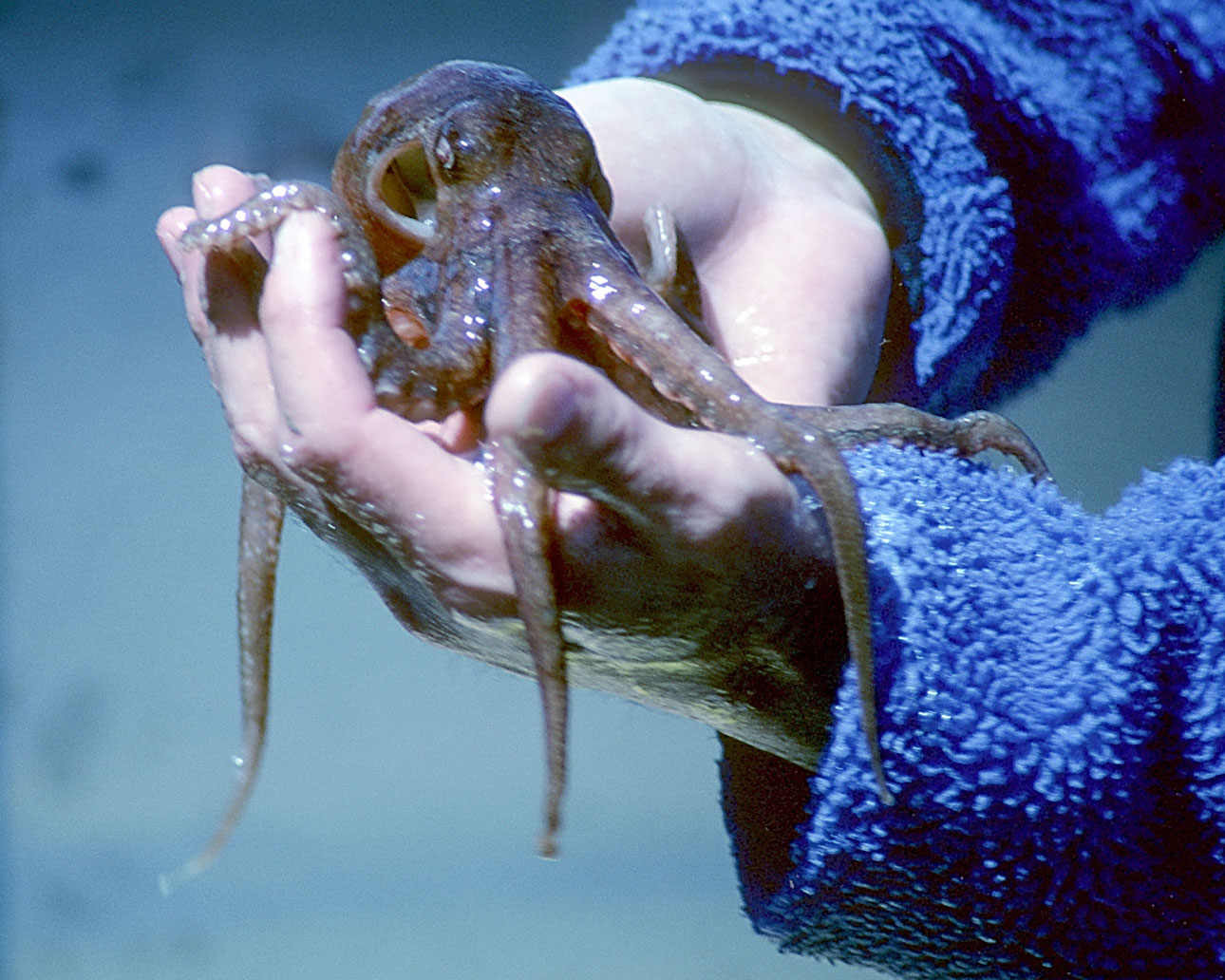
The Vampyroteuthis infernalis, or the “vampire squid from hell,” is more closely related to octopuses than to squid. It is the only cephalopod that can spend its whole life cycle where oxygen saturations can be as low as 3%.
These creatures live a solitary existence, in water that is practically devoid of oxygen and in full darkness. Syllipsimopodi bideni shares primordial characteristics with the vampire “squid,” such as 10 limbs and a rigid interior shell. No living octopus possesses either of these characteristics.
Vampyropods (octopus relatives) were thought to have developed during the Triassic era around 240 million years ago. The discovery of this new species, however, throws that date back an additional 82 million years.
An intriguing new piece of the puzzle.
Syllipsimopodi bideni is derived from the Greek name words “syllpsimos,” which means “prehensile,” and “pódi, which means “foot. It is the first known cephalopod to have suckers, according to published research. The species, shaped like a torpedo, probably used jet propulsion and its rounded fins on either side to balance in the water. One set of arms is longer than the others, suggesting that they were used to catch prey, while the suckers imply that they were used to manipulate its food.
Suckers allowed the arms to better grasp their prey and other objects, “It’s not inconceivable that it could have used its sucker-laden arms to pry small ammonoids from their shells,” the study’s co-author Neil Landman said.
The ocean holds many mysteries
Although just 5% of the ocean has been researched, oceanic discoveries have contributed a great deal in the field of medicine. Humans have long known the ocean’s healing powers. For centuries, seaweed has been of botanical, industrial, and pharmaceutical interest. Seaweed has long been a staple of Asian diets due to its high nutritious content.
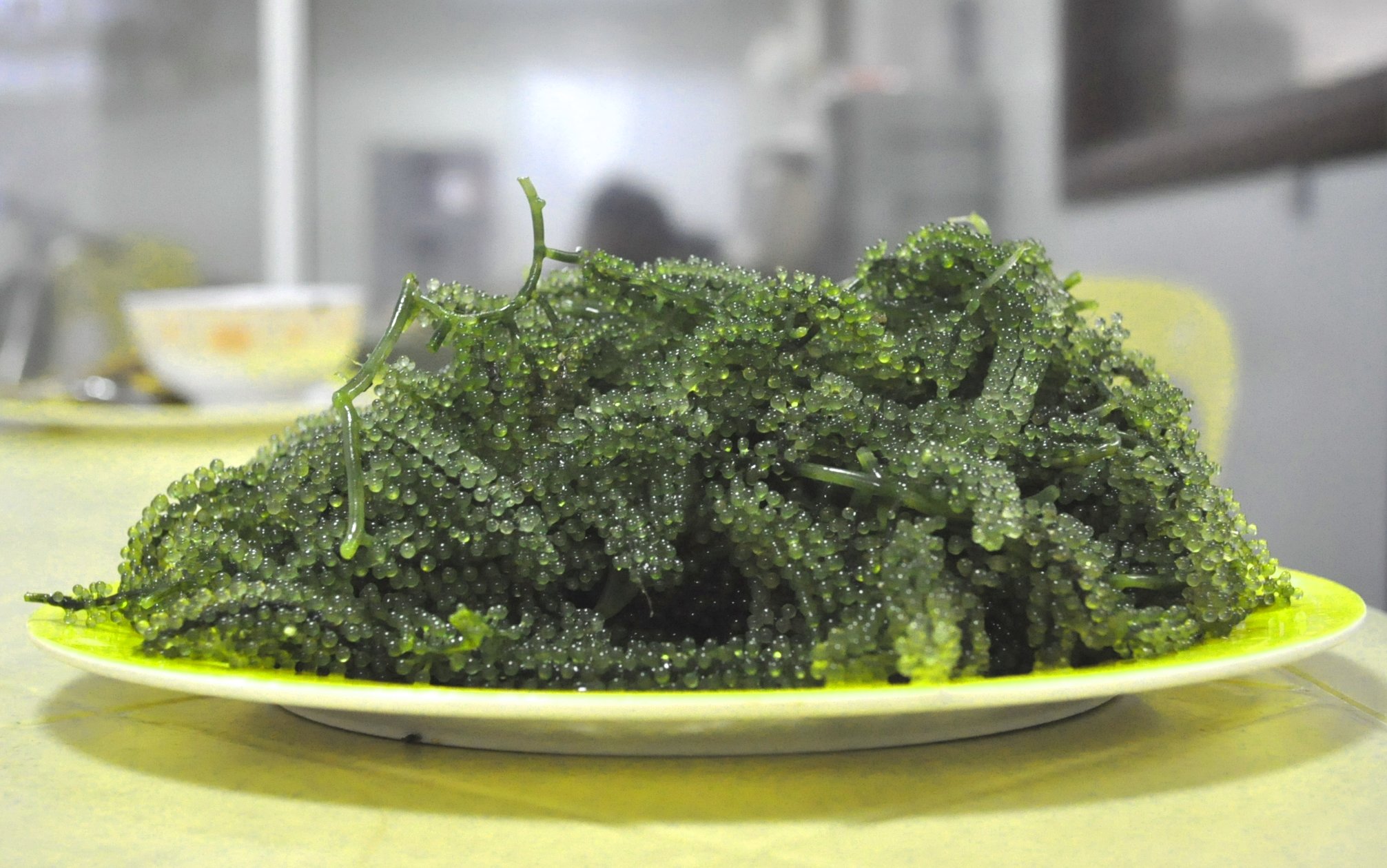
It was common practice in Chinese medicine to treat cancer using hot water extracts of seaweeds.
In Japan and China, seaweeds have been utilized since the 3rd century BC to cure goiter and other glandular issues, as well as a wide range of ailments including wounds, burns, and rashes. The Celts observed that seaweed shrinks and then expands with moisture, and dried seaweed was used by physicians in Scotland to drain abdominal wall abscesses throughout the 18th century.
Sea sponges
More than 200 new chemicals are found in sea sponges every year. Some are made of protein, some are fats, and some are like nucleosides, a compound found in DNA. As a result of their antibacterial, antiviral, antifungal, antimalarial, and anti-inflammatory properties, several of these compounds are excellent candidates for development as medicines.
Sea sponges are simple organisms that live in the ocean, however, they are one of the most important and oldest lineages of animals in the world, that date back millions of years.
Tectitethya crypto is a massive Caribbean sponge that generates compounds that are used to make AZT, an AIDS therapy drug. Scientists say certain marine species and plants have unusual chemicals and gene sequences that might lead to novel antibiotics and cancer therapies.
Remdesivir, a medication used to treat Covid-19, is derived from the sponge Tectitethya crypta. On March 20, 2020, U.S. President Donald Trump announced that Remdesivir would be made available for “compassionate use” for people suffering from Covid-19. Remdesivir was first used in the fight against the coronavirus Ebola, where it proved to be effective in the short-term treatment of the virus.
Preserving ocean health
While countless pharmaceutical applications can be derived from the sea, this environment is fragile and already suffers damage from pollution and exploitation. To safeguard fragile habitats, experimental sponge cells should be grown in the laboratory.

Experts have affirmed that medical implants composed of corals and mollusks are currently underway. Cone snail venom, for instance, is an analgesic more potent than morphine; and the purple sea fan, an octocoral of the family Gorgoniidae, has anti-inflammatory properties that could be used to treat asthma and arthritis.
Ideally, a portion of the profit from these new pharmaceuticals would be used to further the conservation of marine biodiversity. Marine protected areas and the guardians of these regions of great biological and ecological richness are in need of additional resources.
The health of ocean life is inextricably linked to human health. Given the fact that human activities continue to have an impact on the health of the ocean, it is vital that we properly prioritize the value we place on the natural bounties of our oceans.



